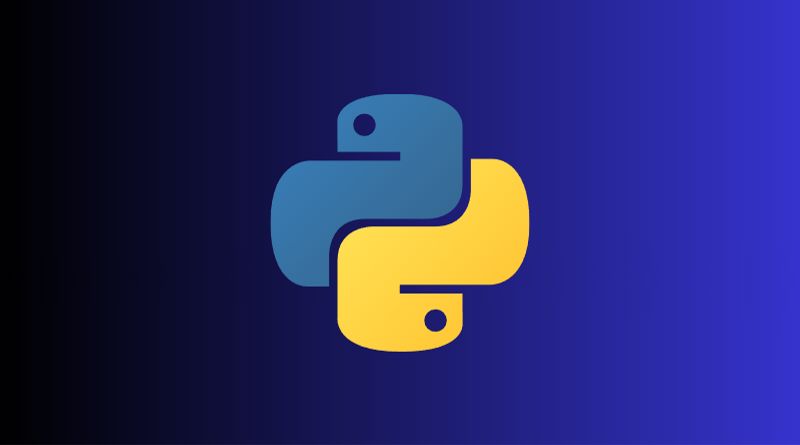Python is a high-level, interpreted programming language that has become increasingly popular in recent years. This versatile and powerful language is used for a variety of applications, including web development, data analysis, and machine learning. Whether you are a beginner or an experienced programmer, learning Python can be a valuable and rewarding experience.
In this comprehensive guide, we will explore the key concepts and tools you need to get started with Python, as well as provide tips and best practices for becoming a proficient Python programmer.
Featured: Python For Everyone Specialization By University of Michigan (Coursera)

Why Learn Python?
Python is a highly sought-after skill in the job market, with demand for Python developers growing year over year. Companies such as Google, NASA, and Dropbox all use Python, making it a valuable and versatile language to learn.
In addition to its broad range of applications, Python is also known for its simplicity and ease of use. This makes it an accessible language for beginners, while still offering advanced capabilities for experienced programmers.
Getting Started with Python
Before diving into the language itself, it’s important to understand the basics of how to use Python. To start, you’ll need to download and install a Python development environment, such as IDLE or PyCharm.
Once you have the development environment set up, you can begin exploring the basics of Python by writing and running simple programs. Start with basic concepts such as data types, variables, and operators, and gradually work your way up to more complex programming constructs like loops and functions.
Key Concepts and Tools in Python
As you progress in your Python journey, it’s important to familiarize yourself with key concepts and tools that will make your programming experience more efficient and effective. Here are a few of the most essential:
Data Types and Variables
In Python, data is stored in a variety of data types, including integers, floats, strings, and lists. Understanding these data types and how to use them is a fundamental part of programming in Python.
Variables are used to store data in your programs, and are declared using an equal sign (=). It is important to choose descriptive and meaningful names for your variables, and to make sure that you are using the correct data type for the data you are storing.
Operators and Expressions
Operators are used to perform operations on data in your programs. Python supports a wide range of operators, including arithmetic, comparison, and logical operators. Understanding how to use these operators is key to writing effective Python programs.
Expressions are combinations of values and operators that evaluate to a single value. Understanding how to create and use expressions is a critical part of programming in Python.
Loops and Functions
Loops allow you to repeat a block of code multiple times, while functions are blocks of reusable code that can be called multiple times from different parts of your program. Understanding how to use these tools effectively is essential for writing efficient and scalable Python programs.
Best Practices for Learning Python
As you learn Python, it’s important to follow best practices that will help you write clean, efficient, and effective code. Here are a few tips to keep in mind:
- Write clean, well-commented code.
- Test your code thoroughly.
- Practice, practice, practice!
- Seek out resources and support from the Python community.
- Don’t be afraid to experiment and try new things.
Conclusion
Learning Python can be a challenging, but rewarding experience. By following this comprehensive guide and utilizing the key concepts and tools discussed here, you can become a proficient Python programmer in no
